“On the last day of the world
I would want to plant a tree.”
—W.S. Merwin, “Place”
There are nearly 3,000 palms in W.S. Merwin’s backyard—and he can tell you the tale behind each of them. The seeds of this Hawai‘i setting were sown four decades back, when the two-time Pulitzer Prize winner, United States Poet Laureate, and environmental activist set out to restore a destroyed piece of land. “He wanted to give back to nature, not extract from it,” explains Jason Denhart, executive director of The Merwin Conservancy. “His goal was to put life back into the world.”
So, 39 years ago, Merwin purchased his four-acre piece of land in the Pe‘ahi Stream valley on Maui’s north shore. At the time, the property wasn’t much to look at. Once home to a native forest, the land had been decimated by a failed pineapple farm; it was blanketed in dense clumps of wild brush and layers of depleted, chemical-laden soil. The county had labeled it an “agricultural wasteland.” But for Merwin, it was a golden opportunity. As his off-the-grid home was being built, the poet rolled up his sleeves and started planting koa trees and native shrubs.
However, he quickly saw that the only genus of plant able to withstand the inhospitable soil conditions was the stalwart Pritchardia, which consists of up to 40 Pacific fan palms native to Fiji, Tonga, Samoa, and, in its most diverse array, Hawai‘i. Merwin began collecting such Hawaiian palms from botanists throughout the islands, and later, partnered with a commercial seed collector who sent him palm seeds gathered from all over the world. In the years that followed, Merwin regenerated the land—seed by seed, plant by plant. Soon, the earth beneath his feet began to heal. Eventually, he purchased two adjacent properties to expand his budding palm forest. All the while, he found inspiration for his poetry, frequently pausing from working the land to scribble words on used envelopes he kept tucked in his back pocket.
Over the past four decades, Merwin, now 89 years old, and his wife, Paula, have planted more than 12,000 palms. Those that took root are now thriving on the 19-acre property, which is home to more than 480 taxonomic species, some of them rare or endangered (and, in some cases, perilously close to extinction), as well as a living seed bank. What began as a passion project for a poet and his wife is now one of the largest and most comprehensive private palm collections in the world.
It comes as no surprise that it has garnered its fair share of attention. In the late ’90s, Merwin invited world-renowned palm expert John Dransfield of the Royal Botanic Gardens, Kew in London to take a look at his trees. Since then, Dransfield and other scientists have routinely visited Merwin’s home to identify, inventory, and marvel at his forest, creating a comprehensive, scientific database of every specimen within the collection.
In 2010, The Merwin Conservancy was established to preserve and protect Merwin’s living legacy—his home, literary work, and palm forest—for retreat and study for botanists and writers, as well as community education and environmental advocacy efforts. With a permanent conservation easement in place, the conservancy is poised to carry on Merwin’s vision. “All nonprofits start with a magical idea,” Denhart says. “And there’s nothing more magical than this.”
Guests of Halekulani will soon experience the magic of Merwin’s palm forest at the hotel, which has partnered with The Merwin Conservancy to plant palms from Merwin’s living seed bank in a replica garden as a tribute to the literary icon. Merwin’s words, wisdom, and inspiring messages will also be present throughout the resort, from a photo exhibit featuring his palms to books of his poetry in guestrooms. “His message is that we are not separate from nature, we are nature,” Denhart says. “Therefore, what we do to the planet, we do to ourselves.”
To learn more about the Merwin Conservancy, visit merwinconservancy.org.
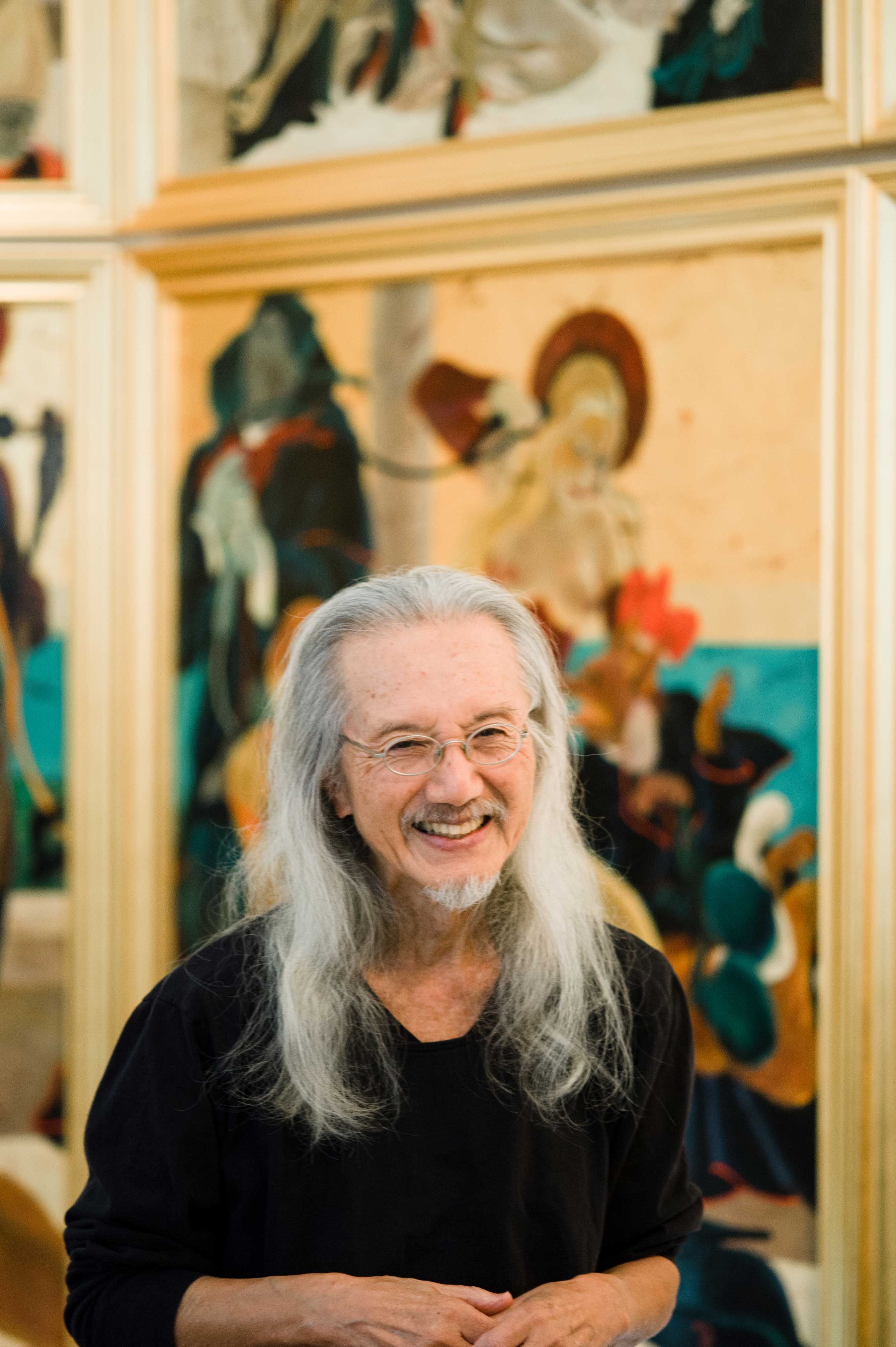
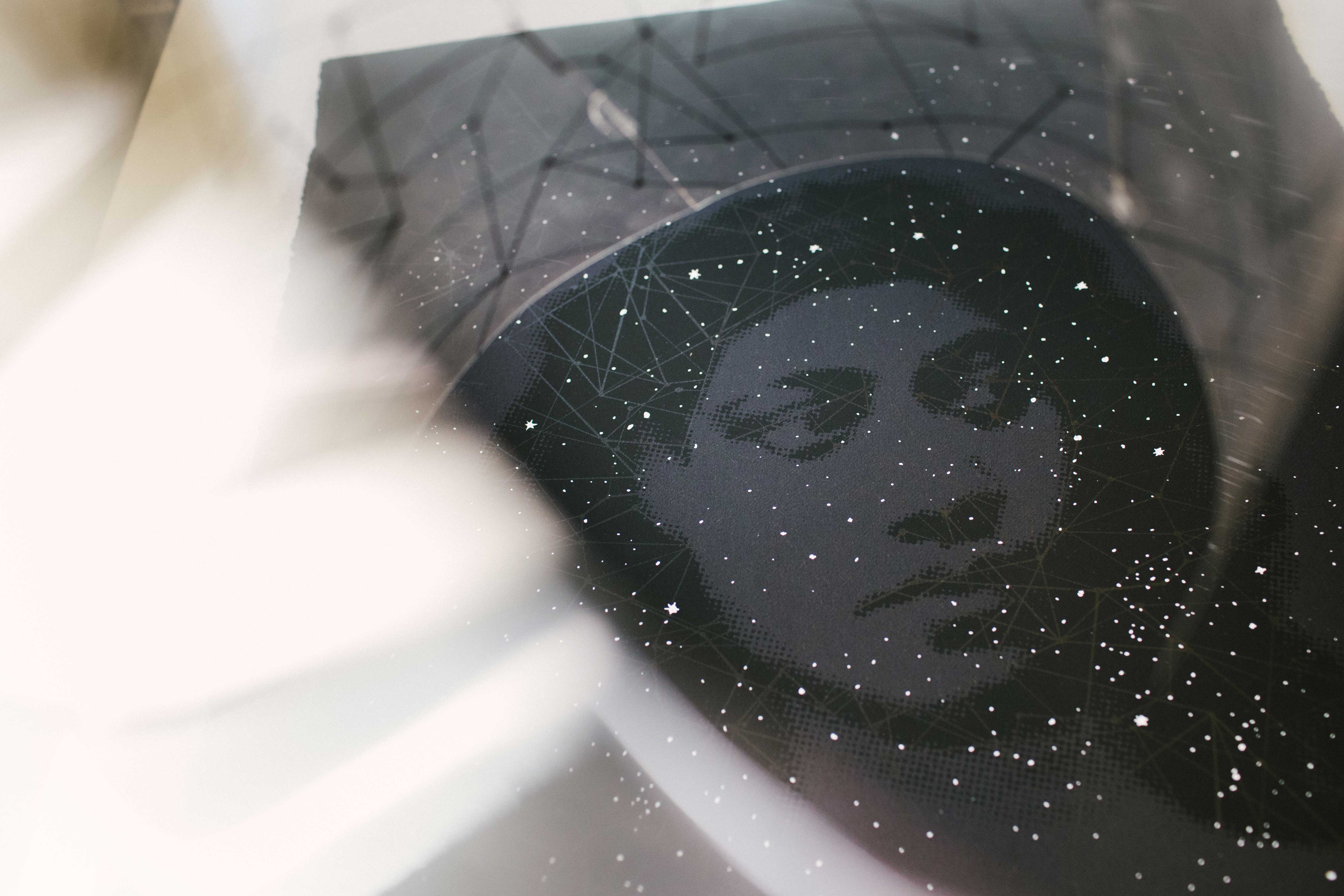

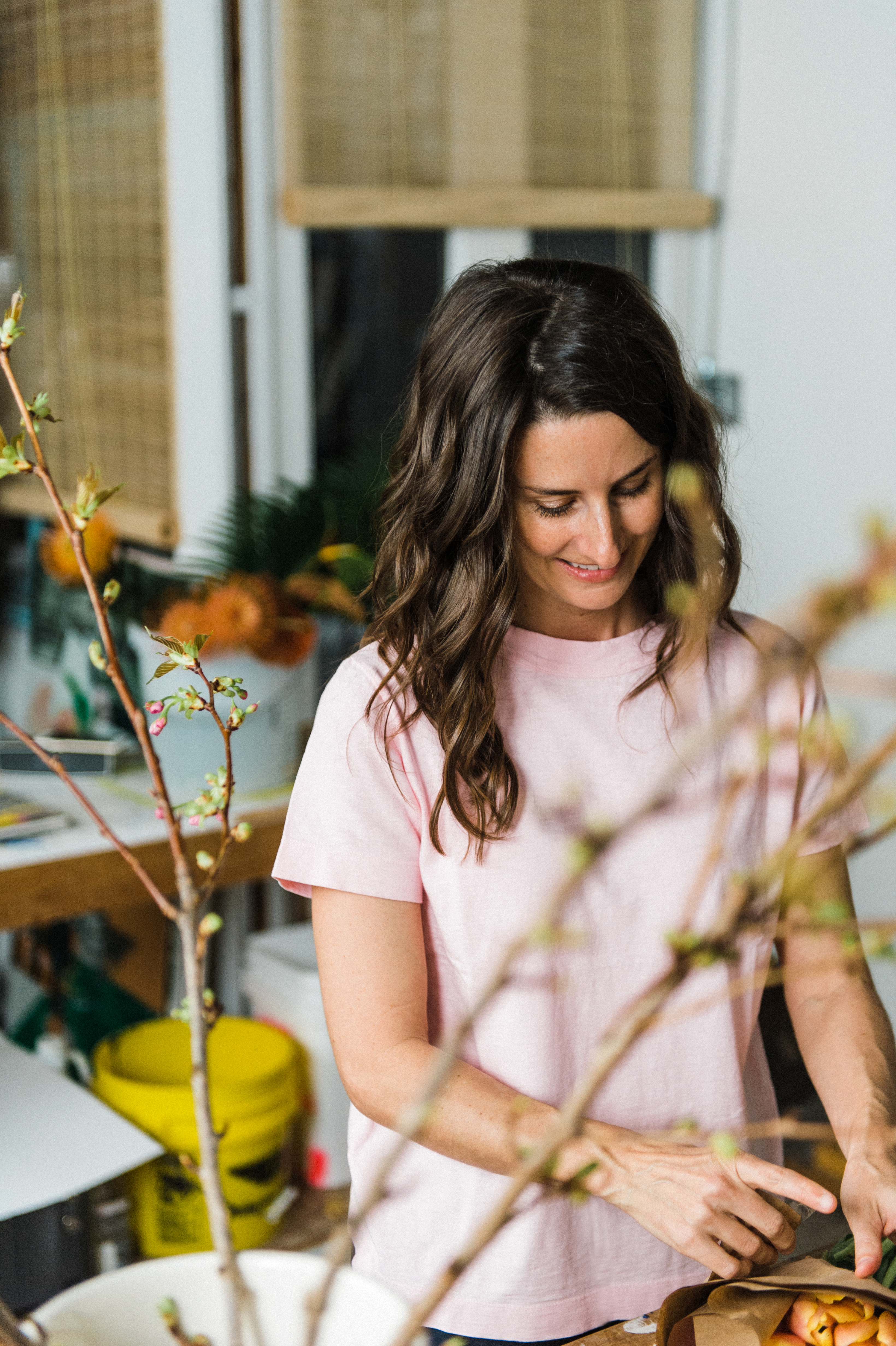
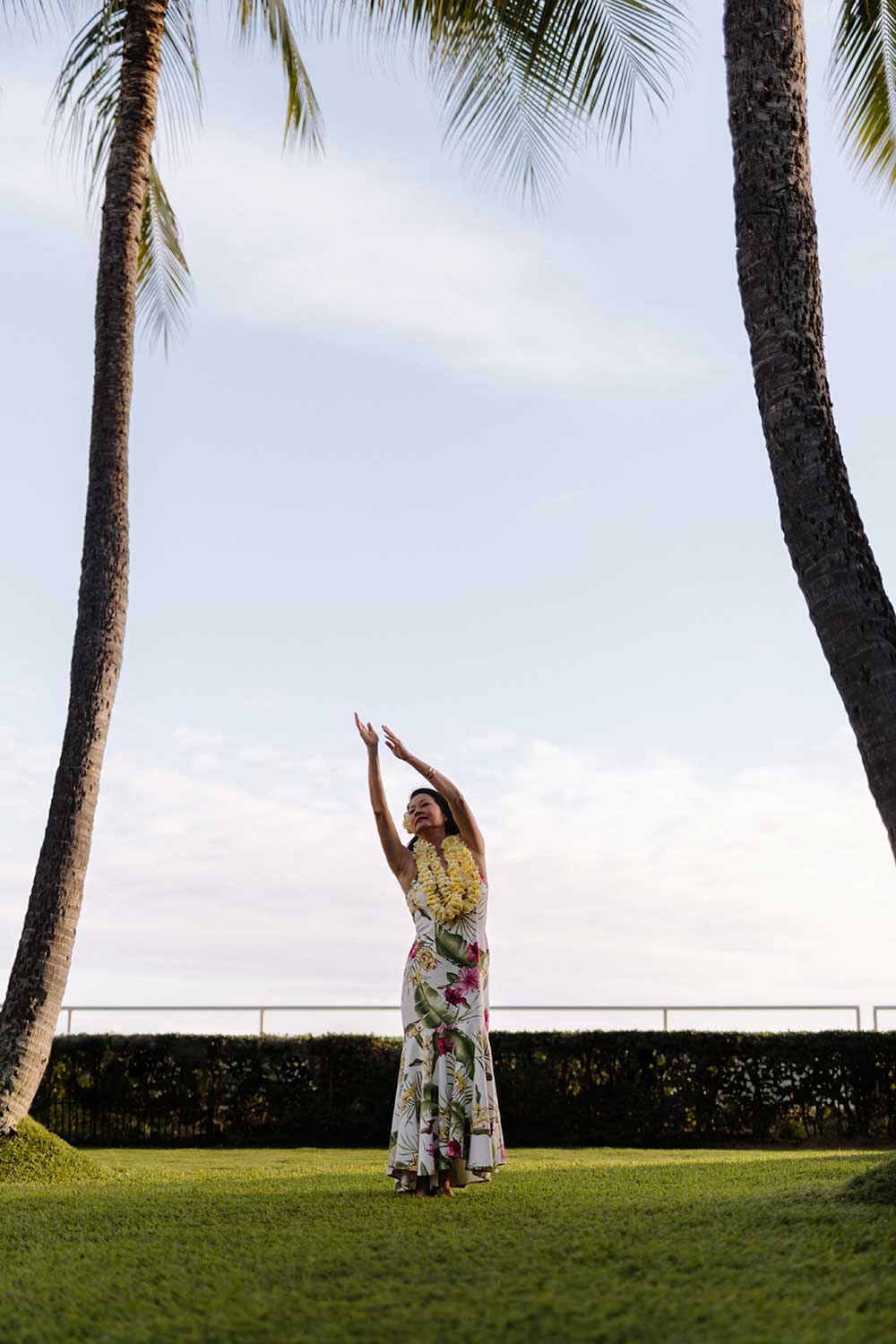
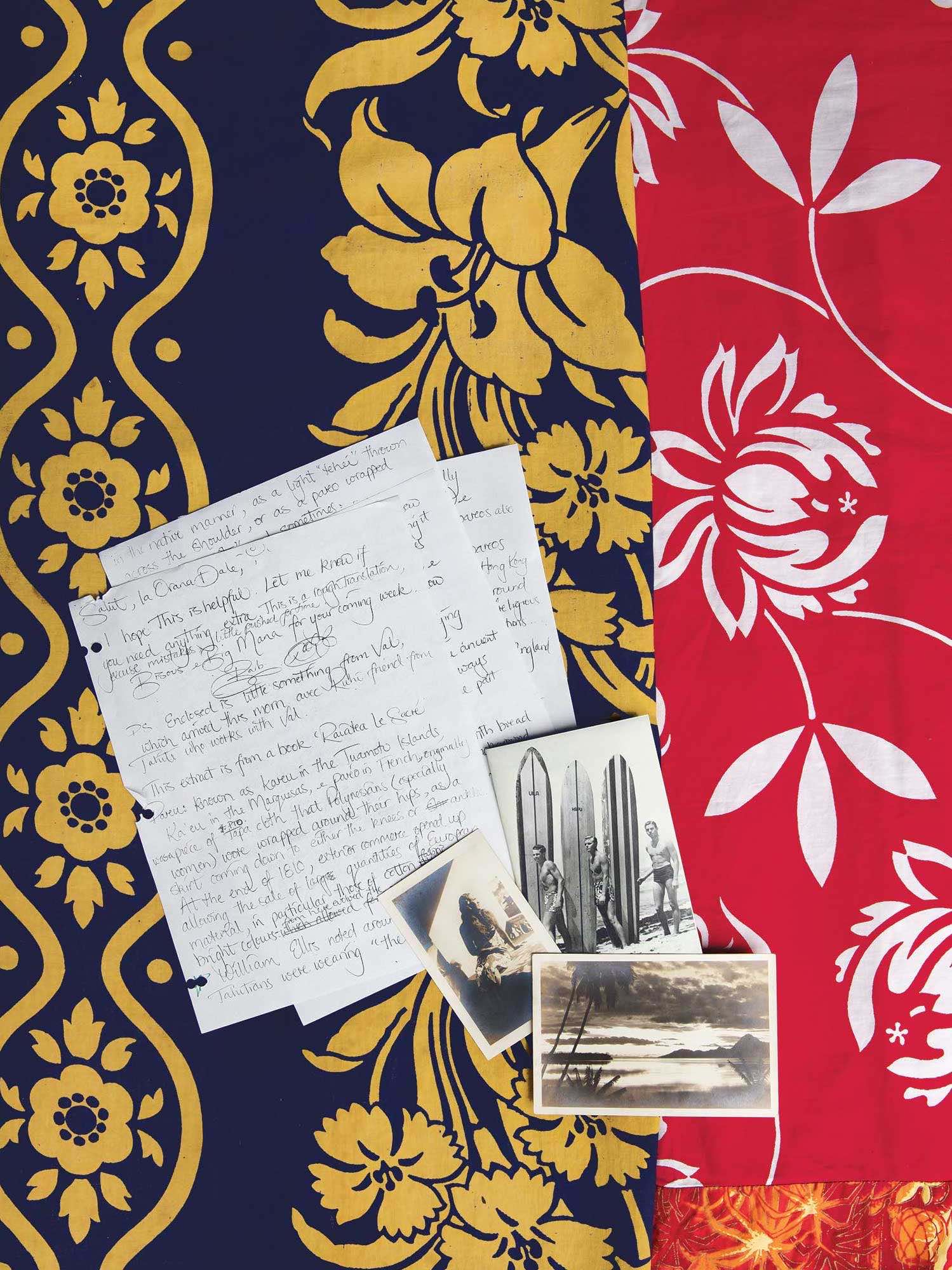
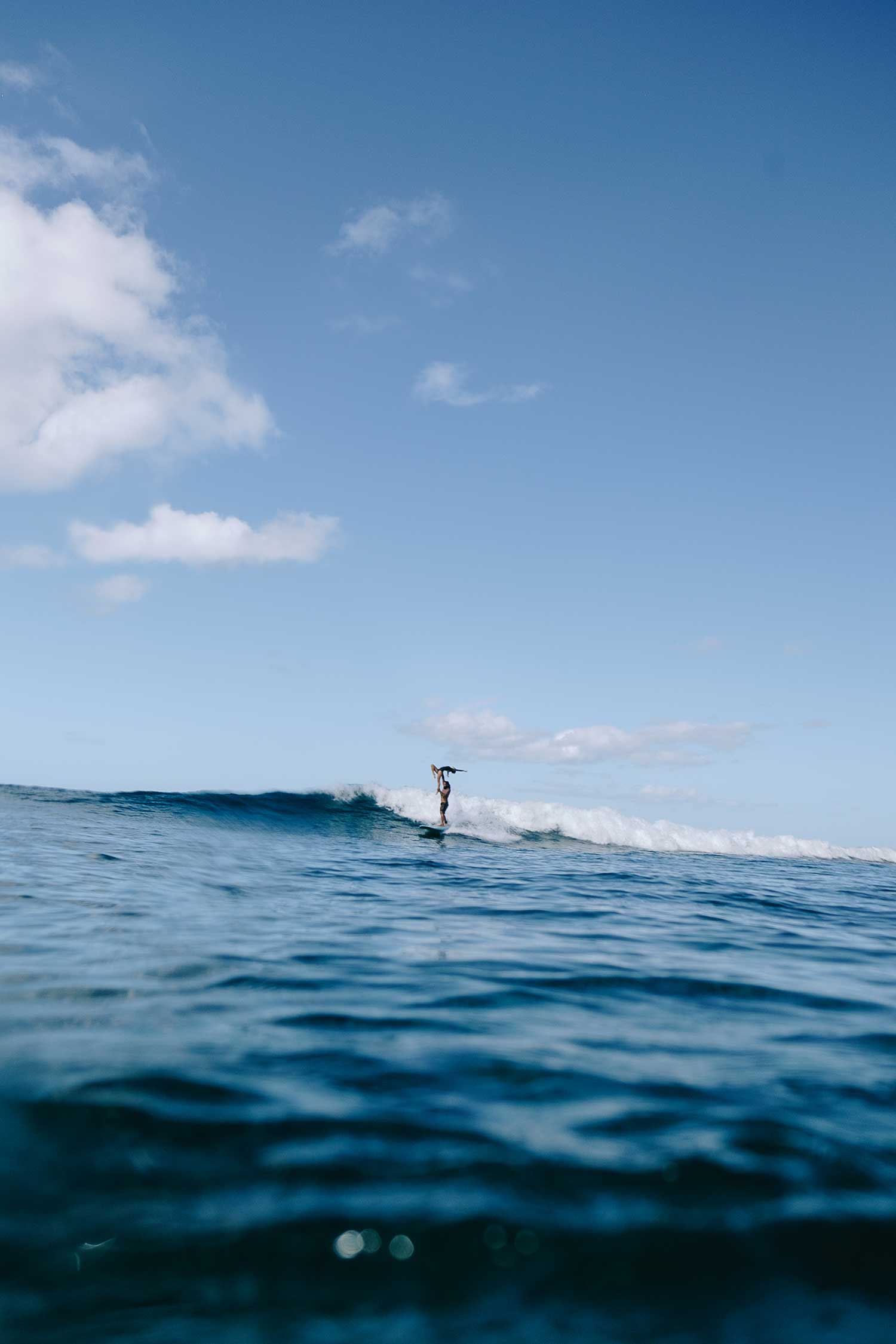
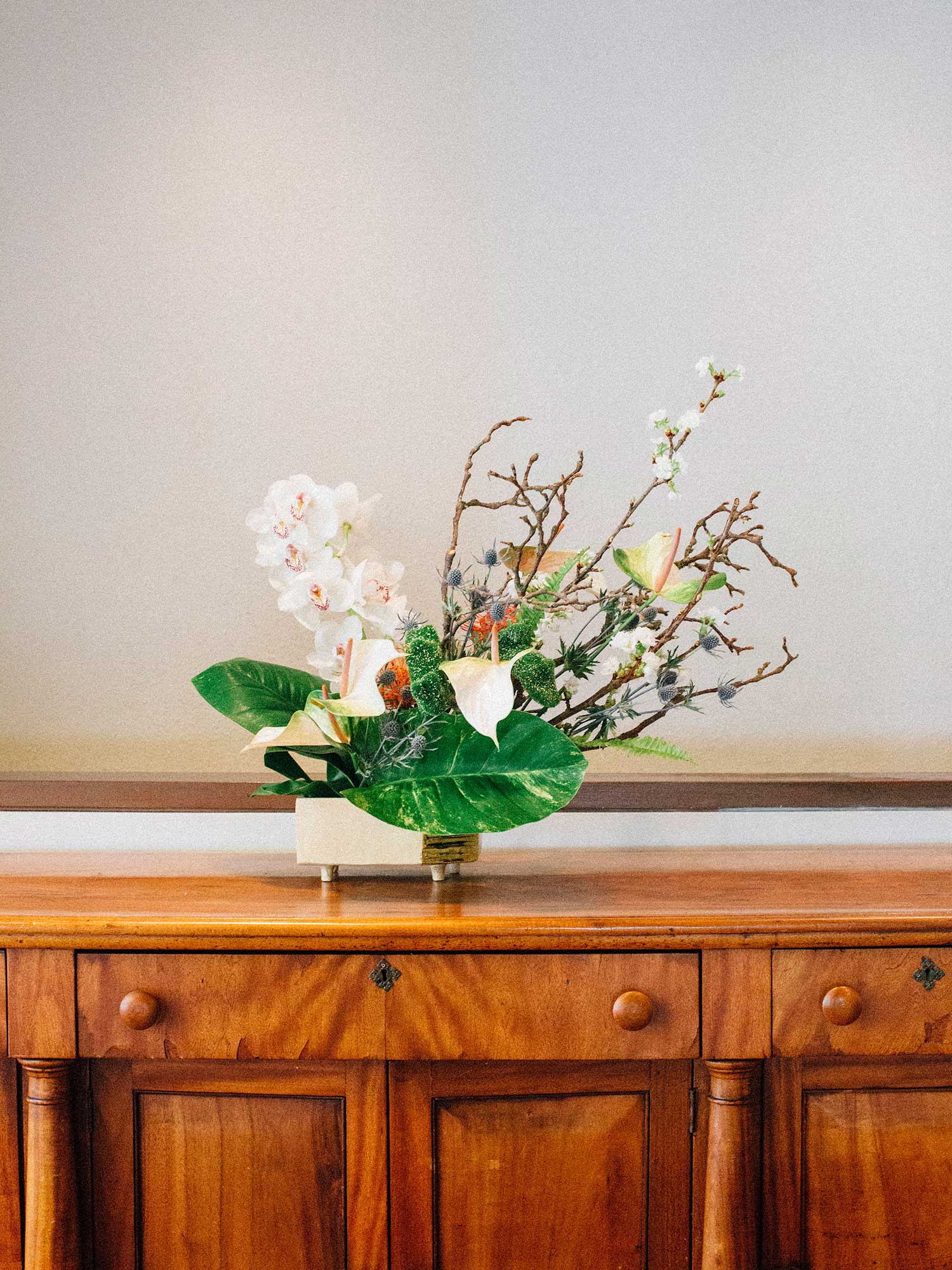
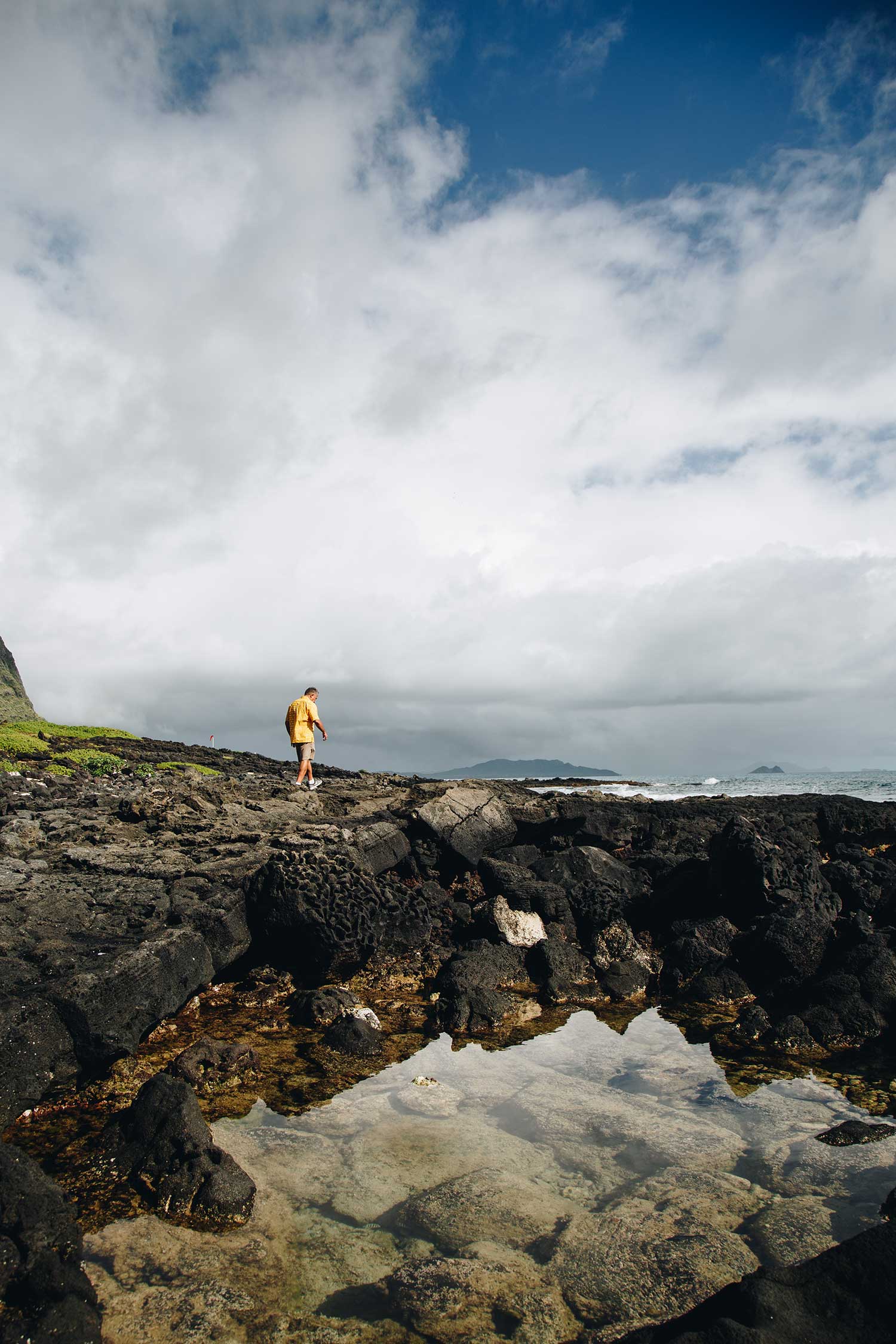
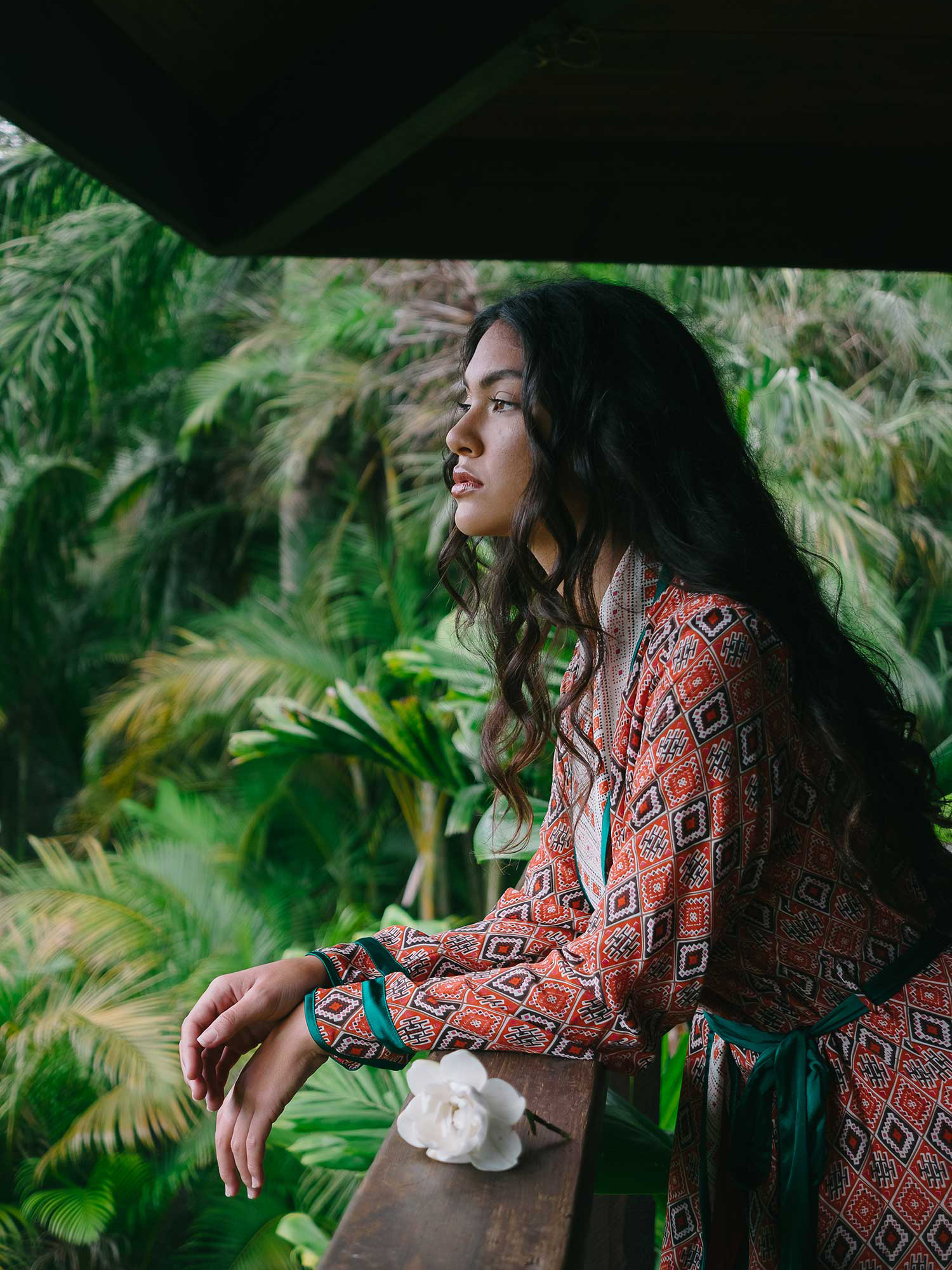
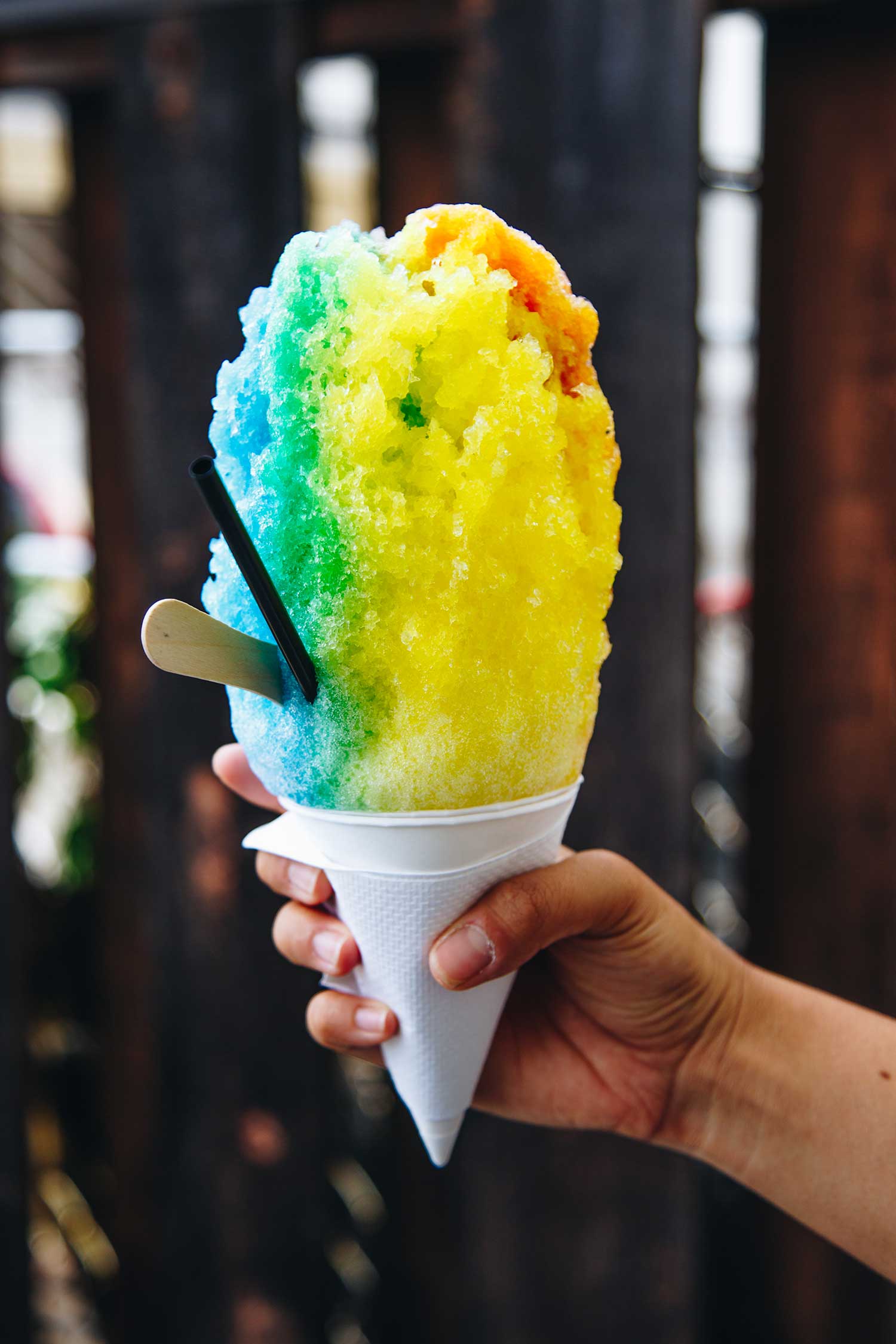
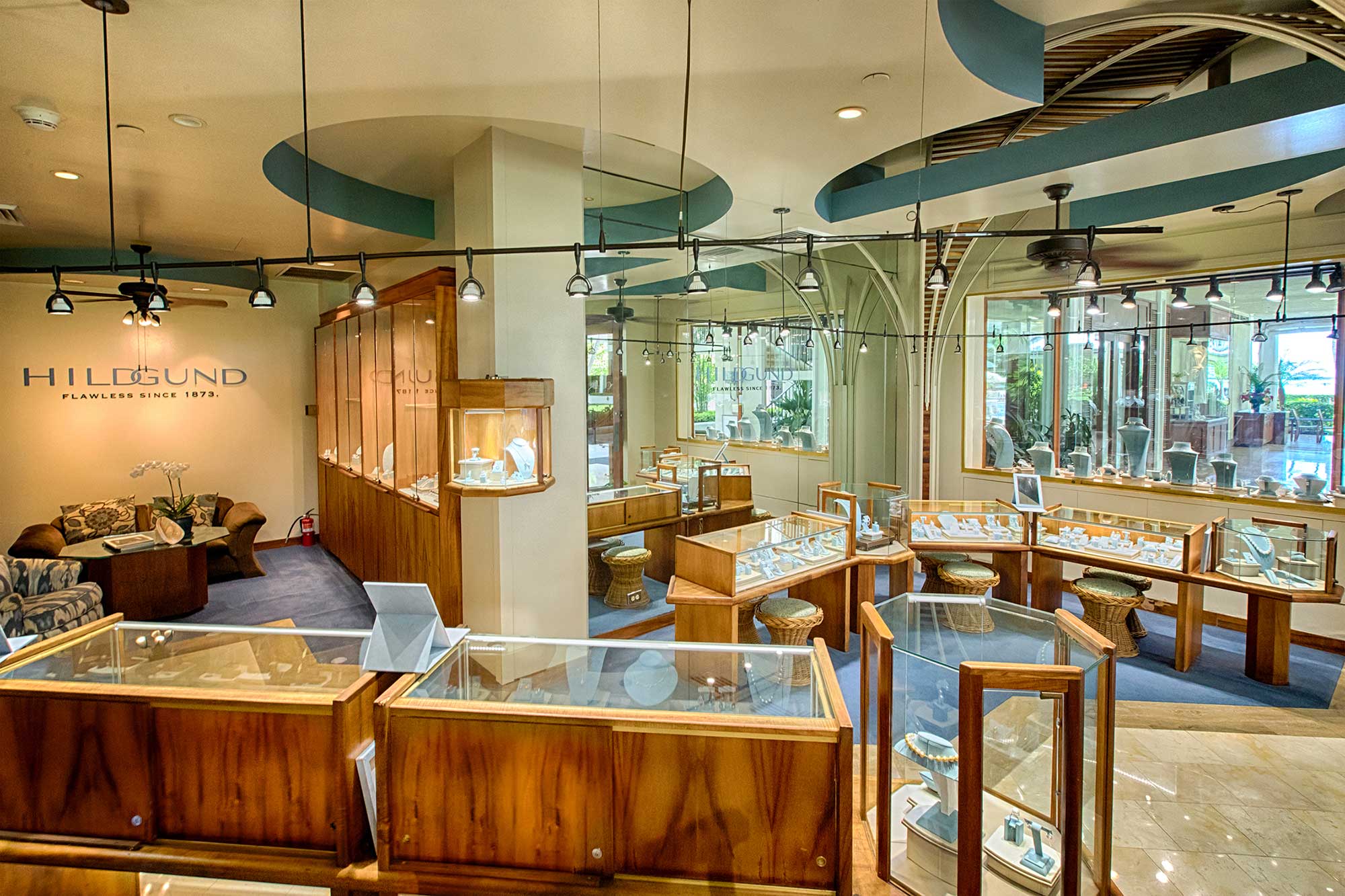
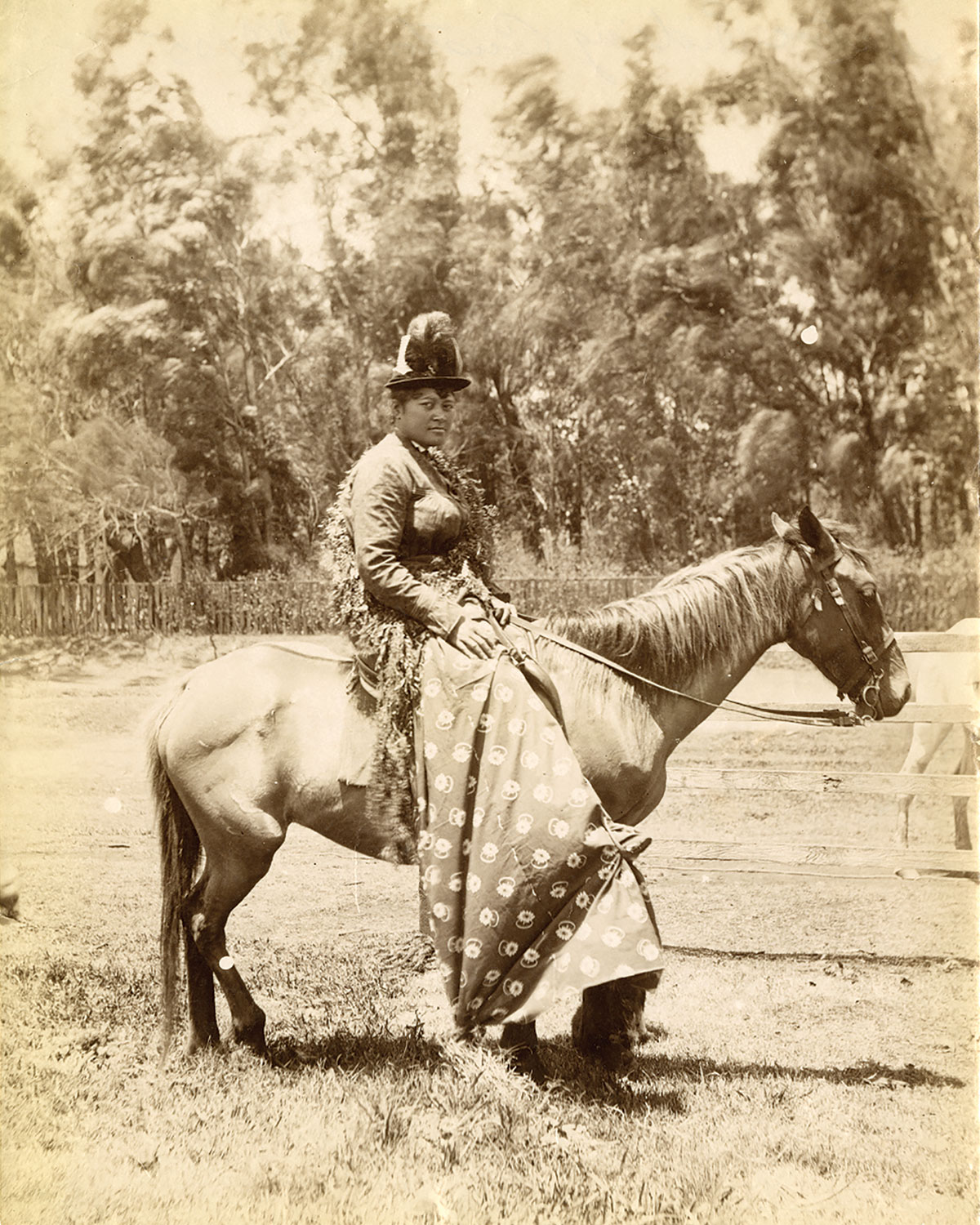
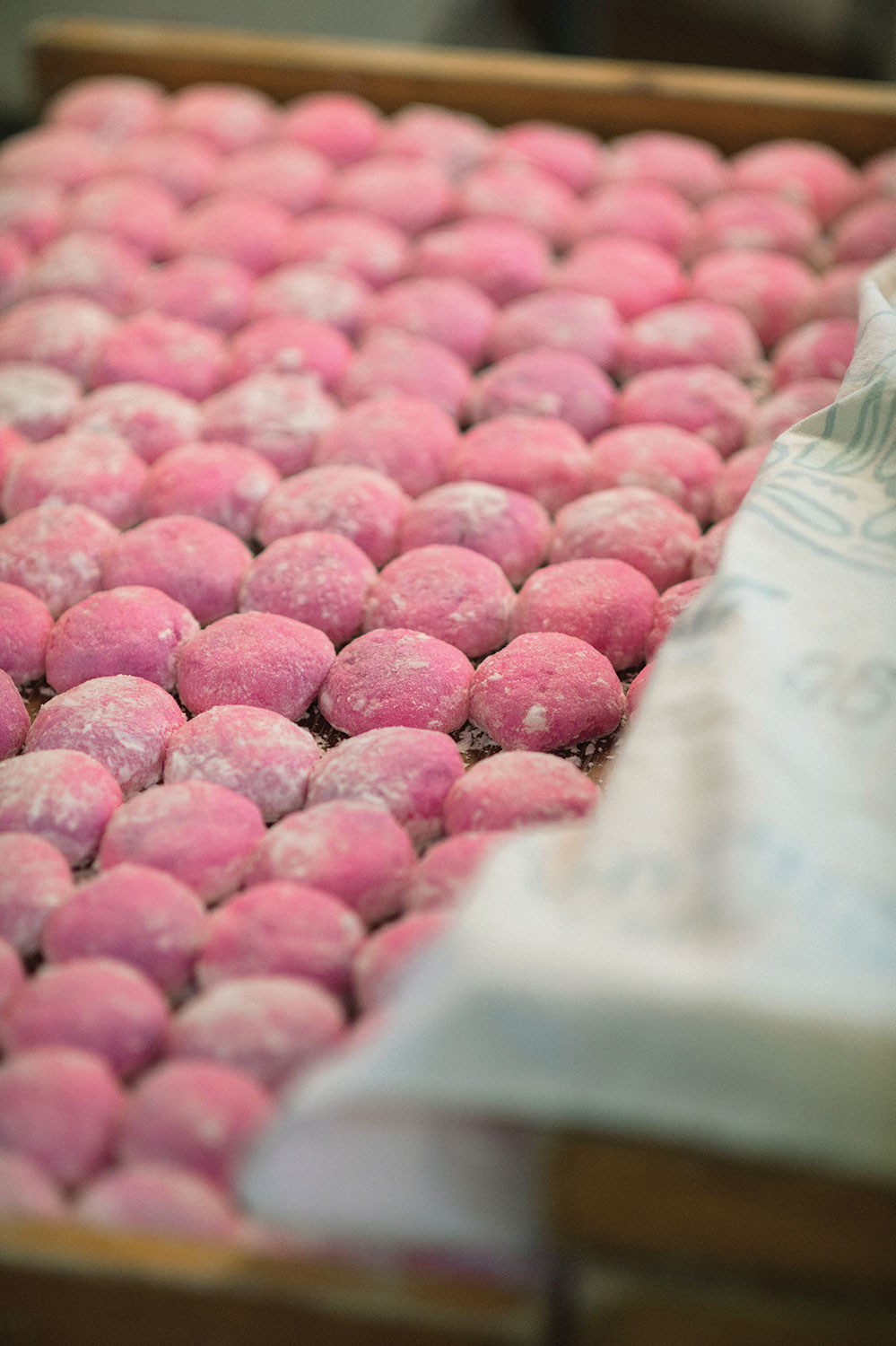

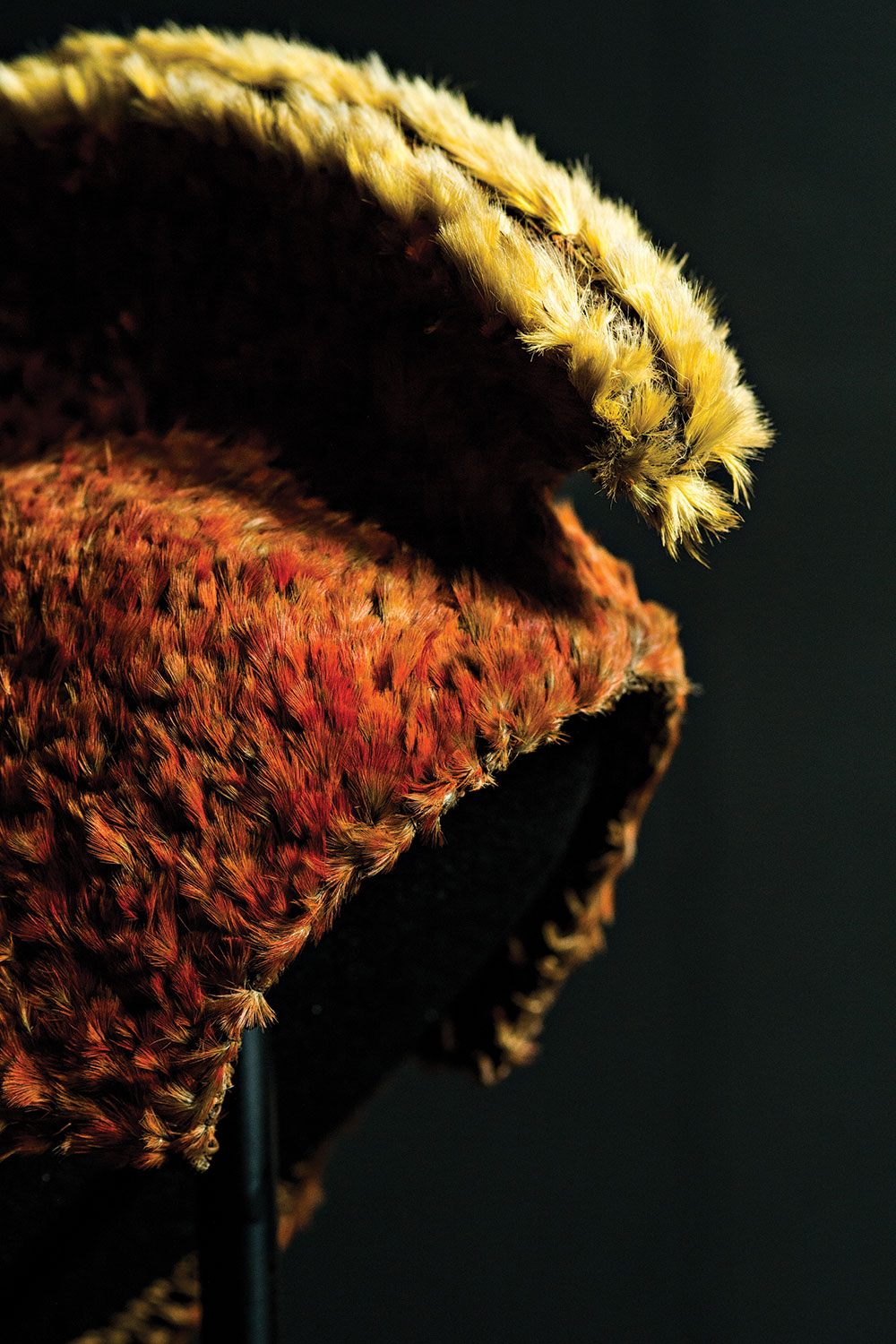
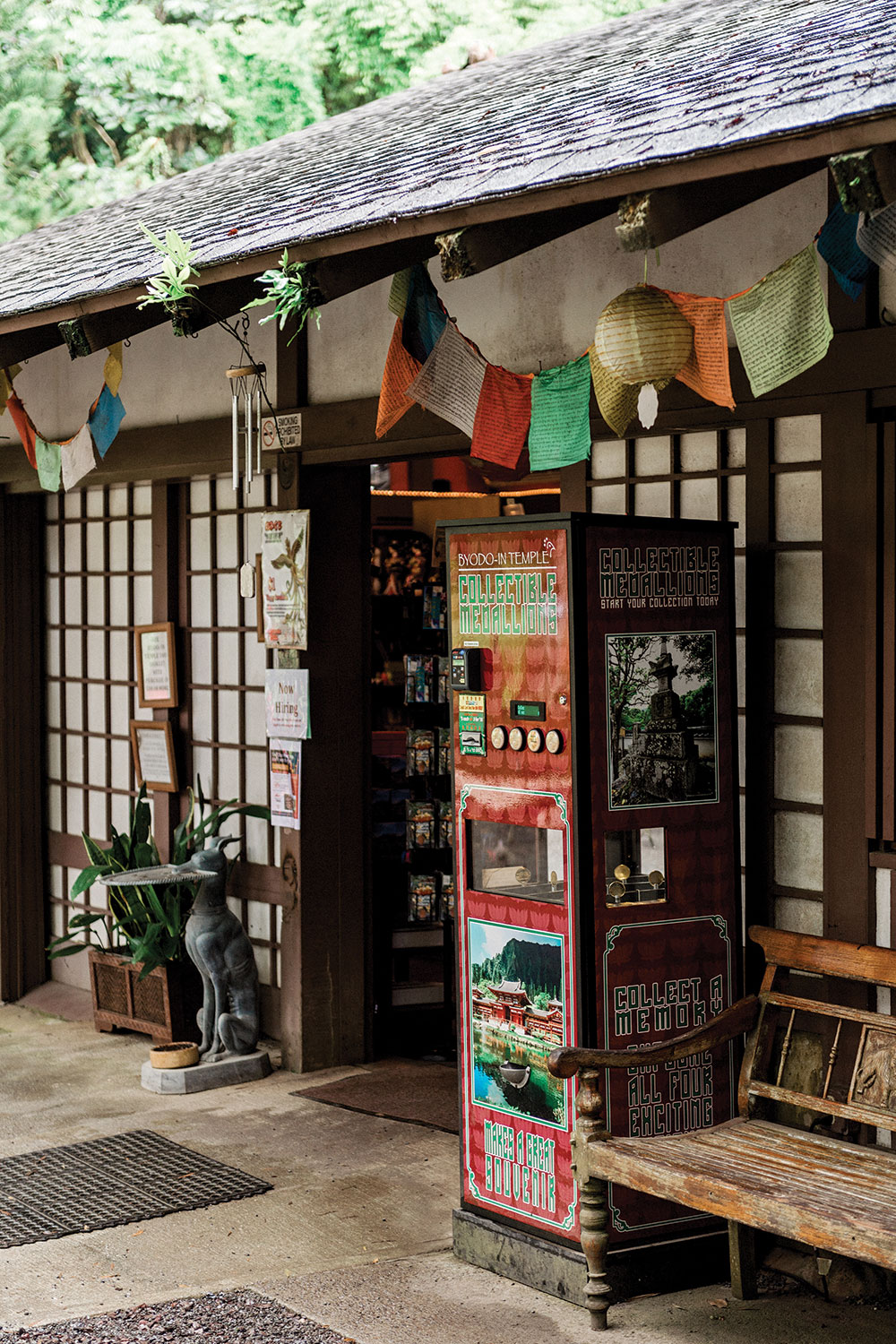
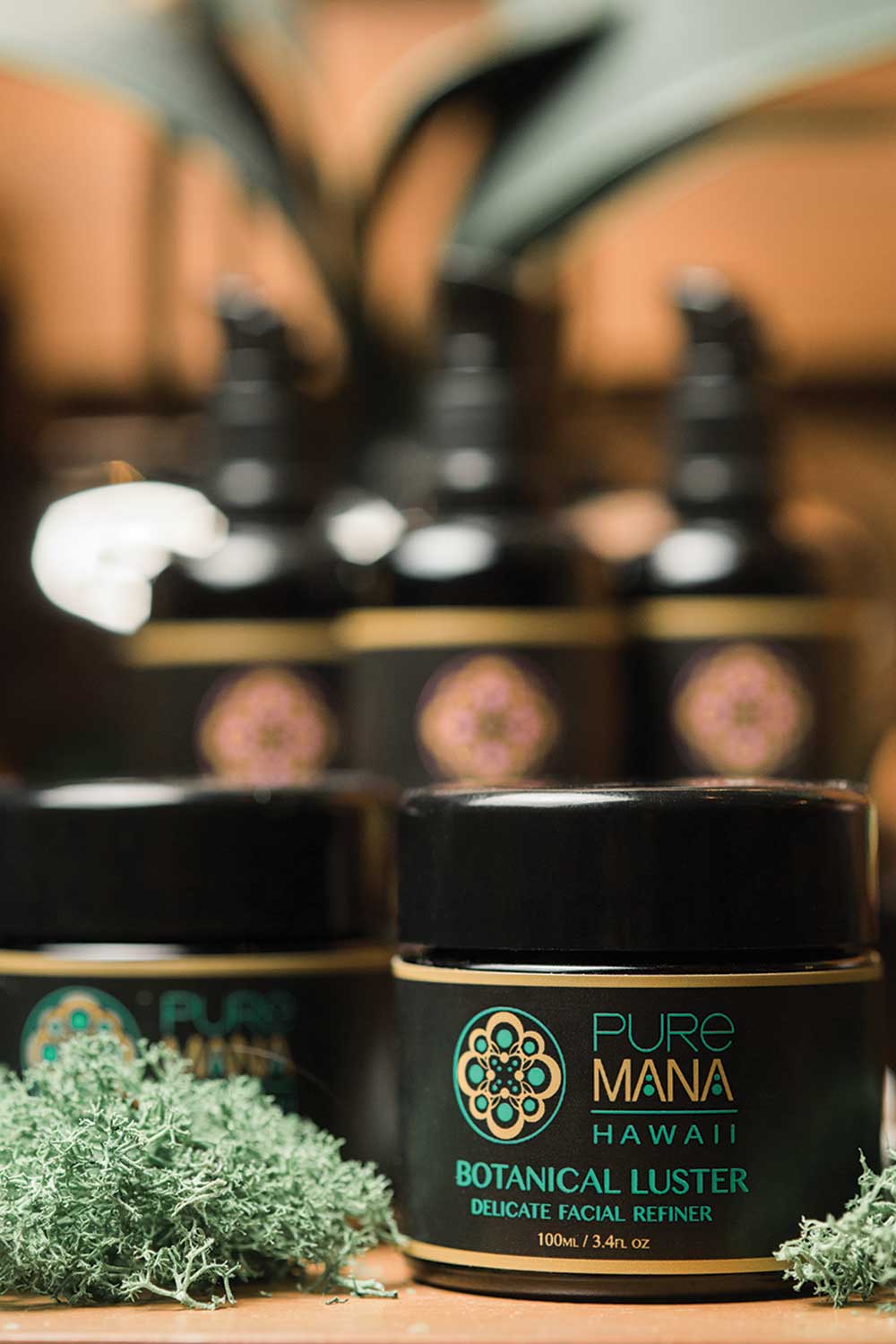
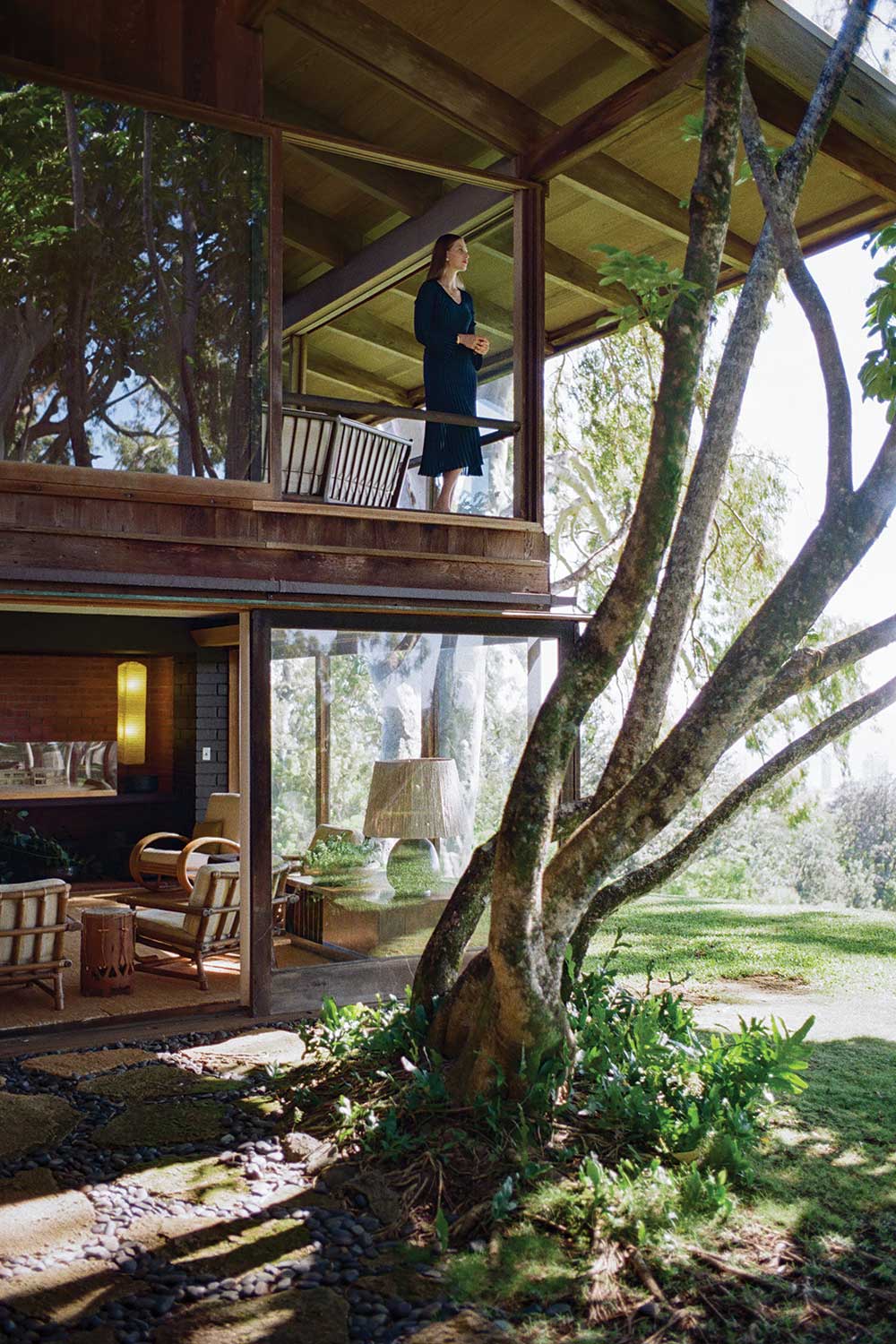
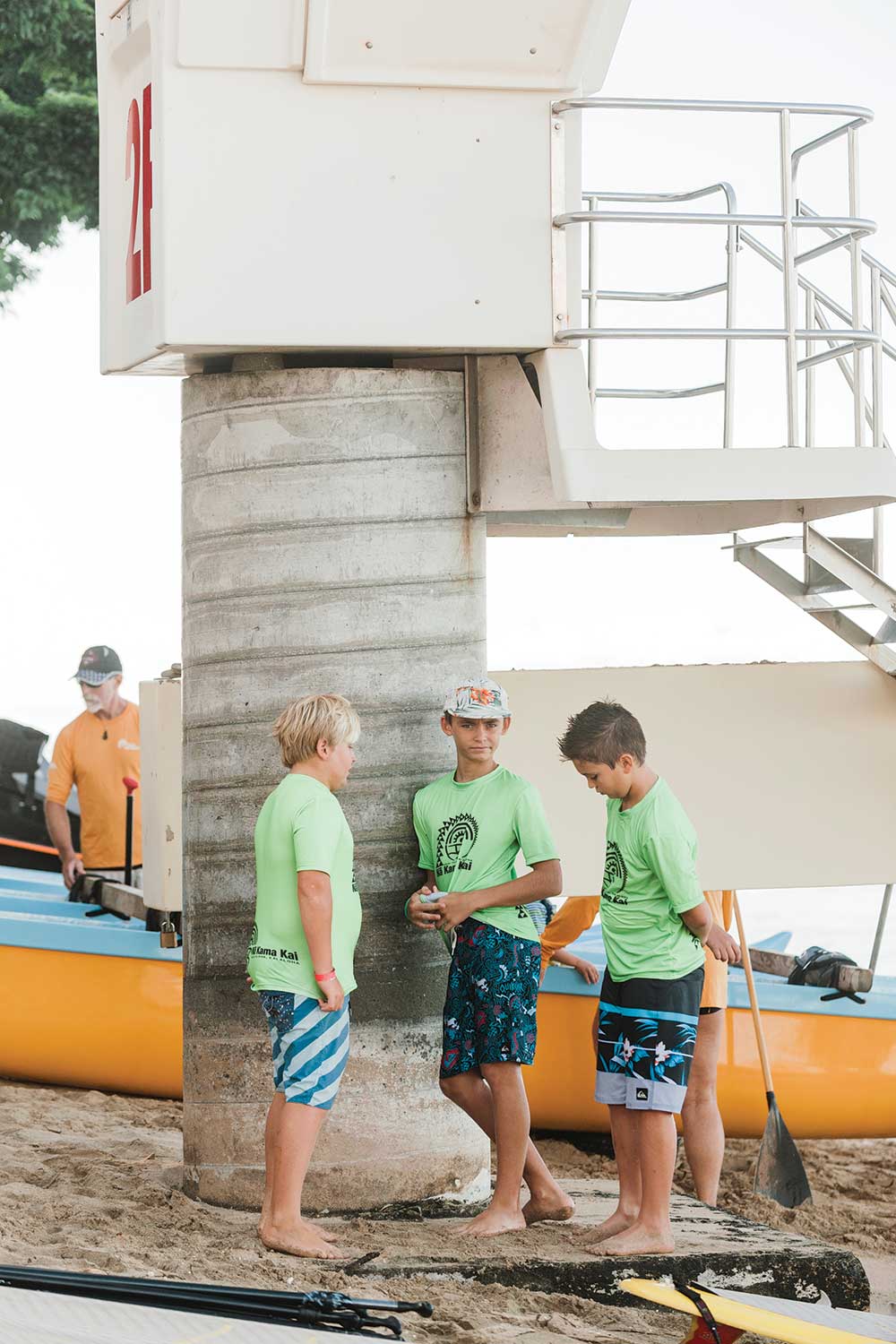
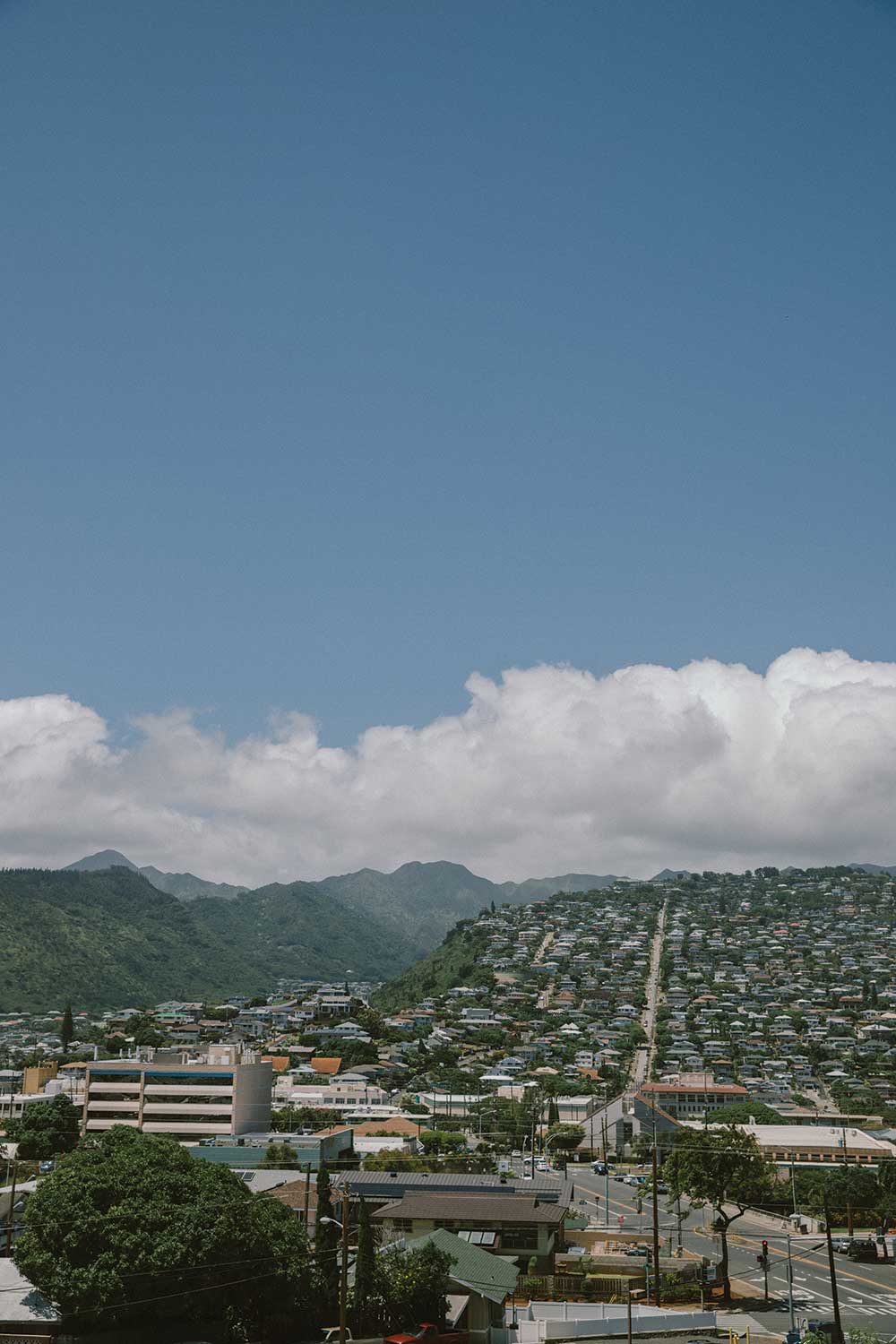

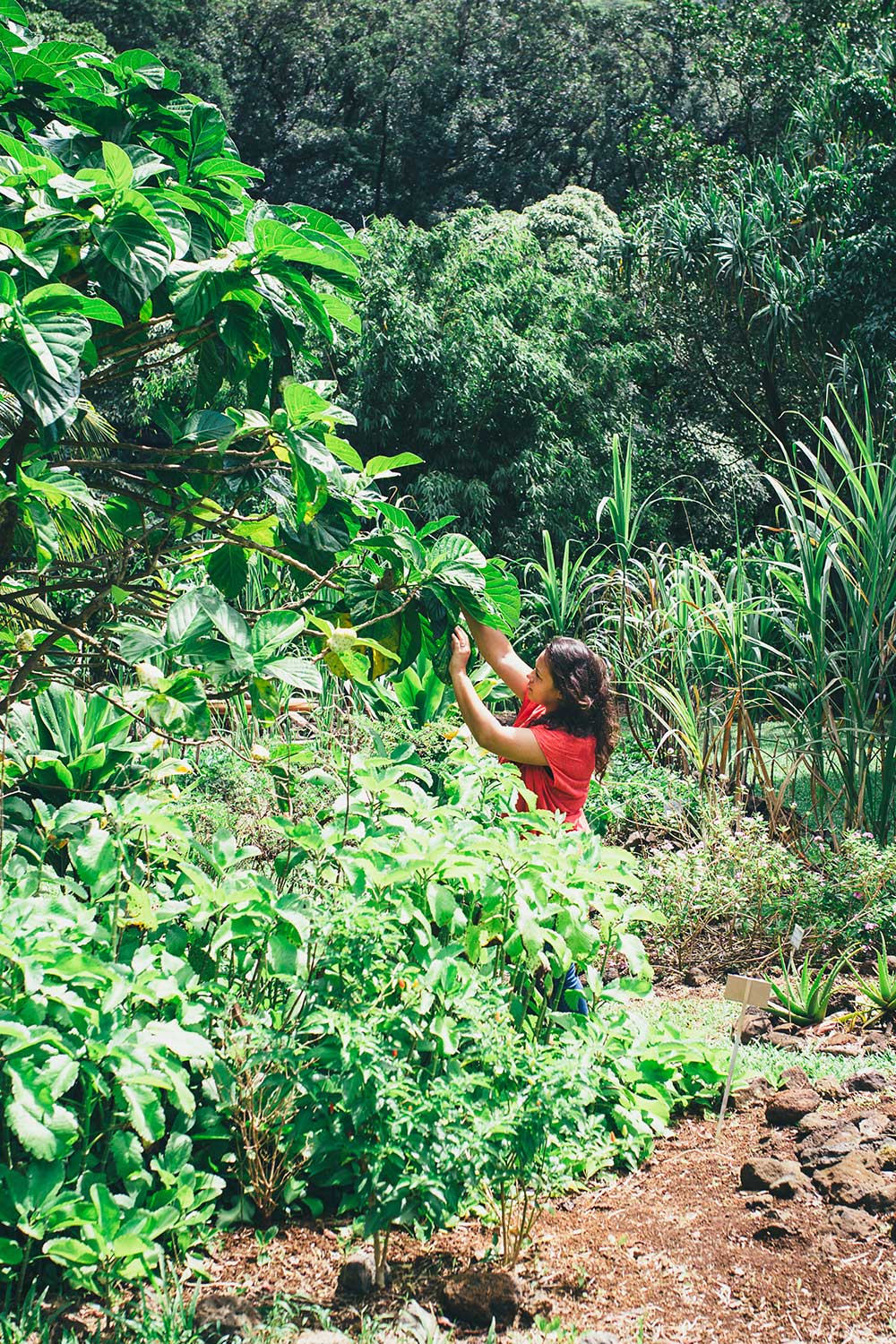

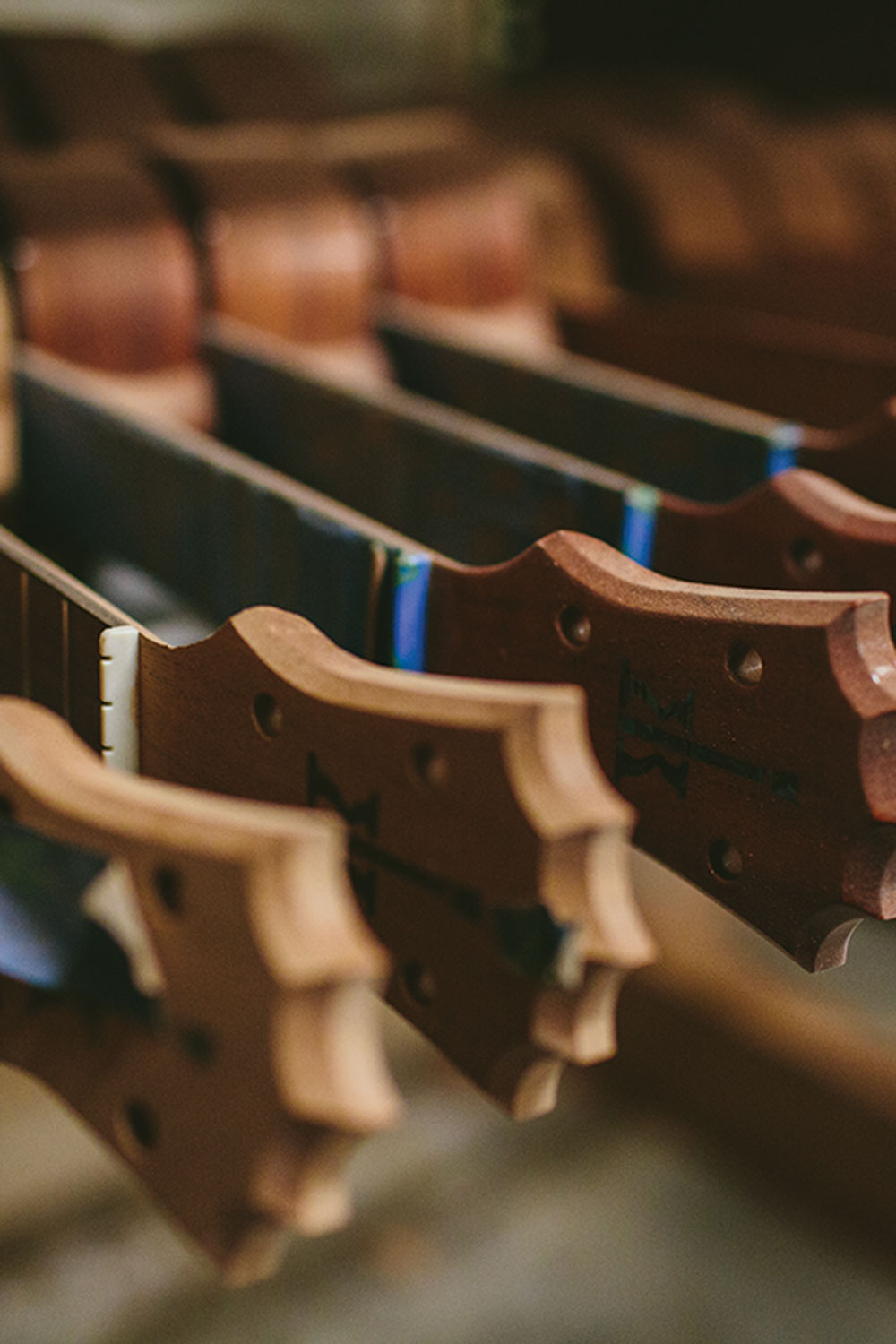
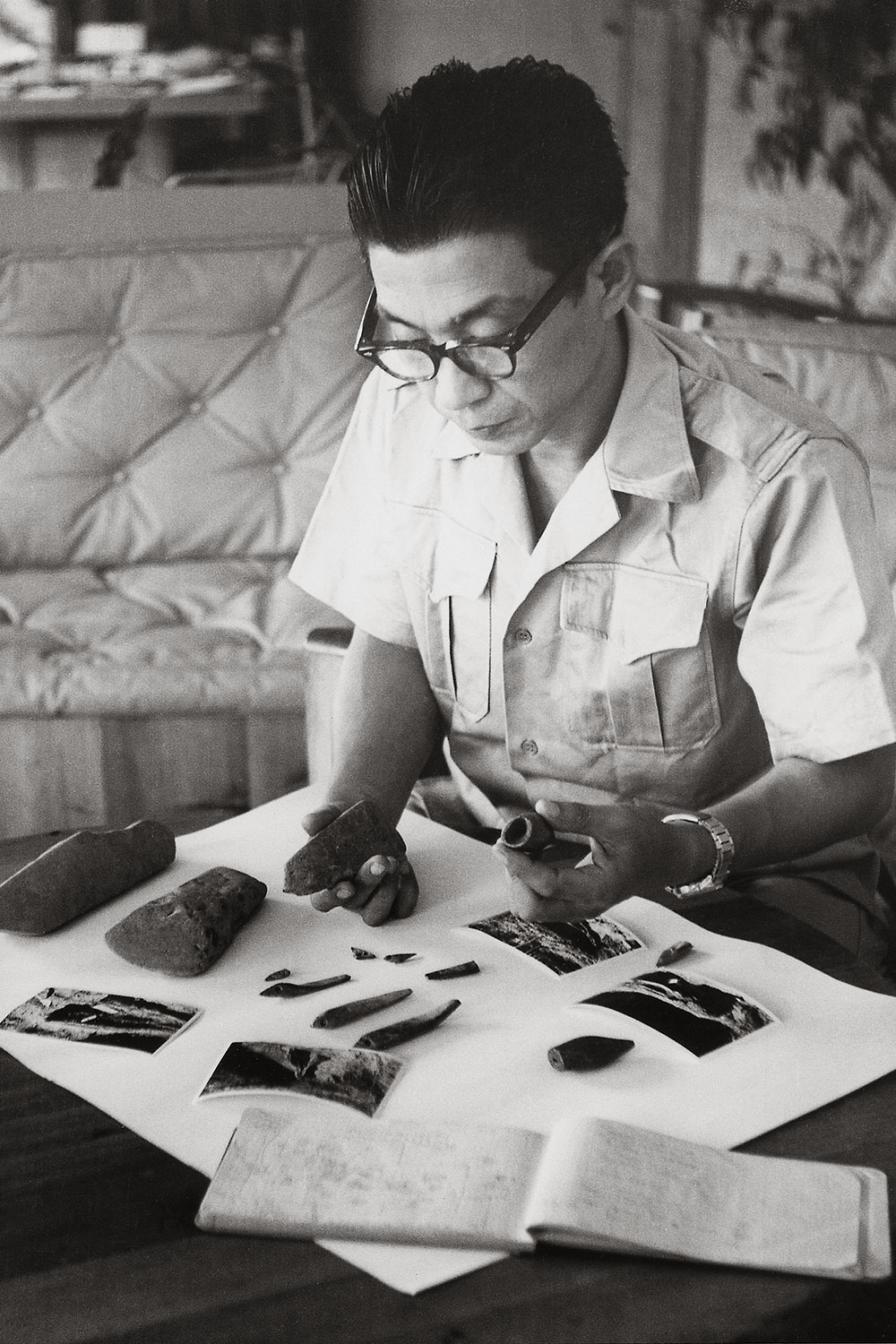
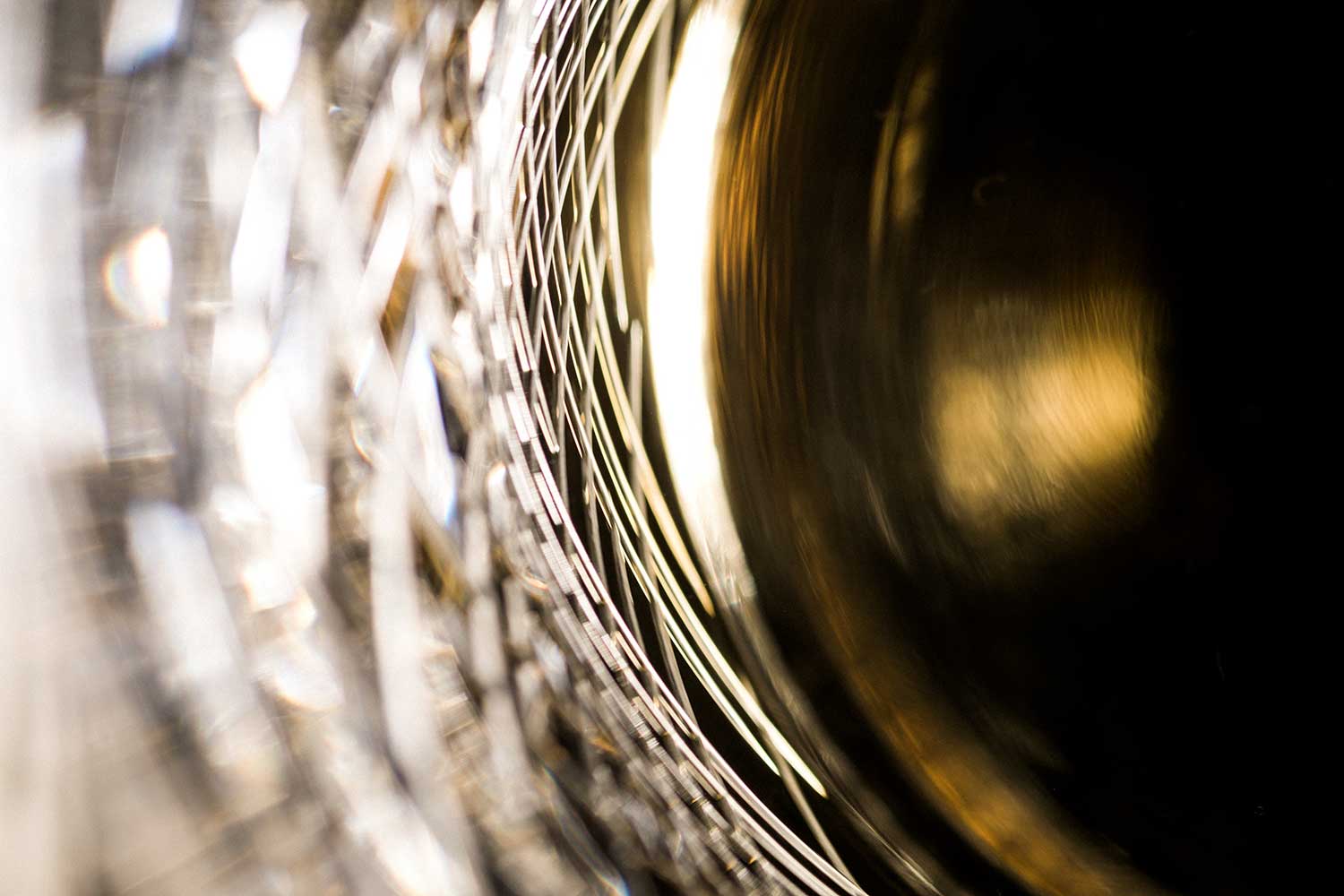

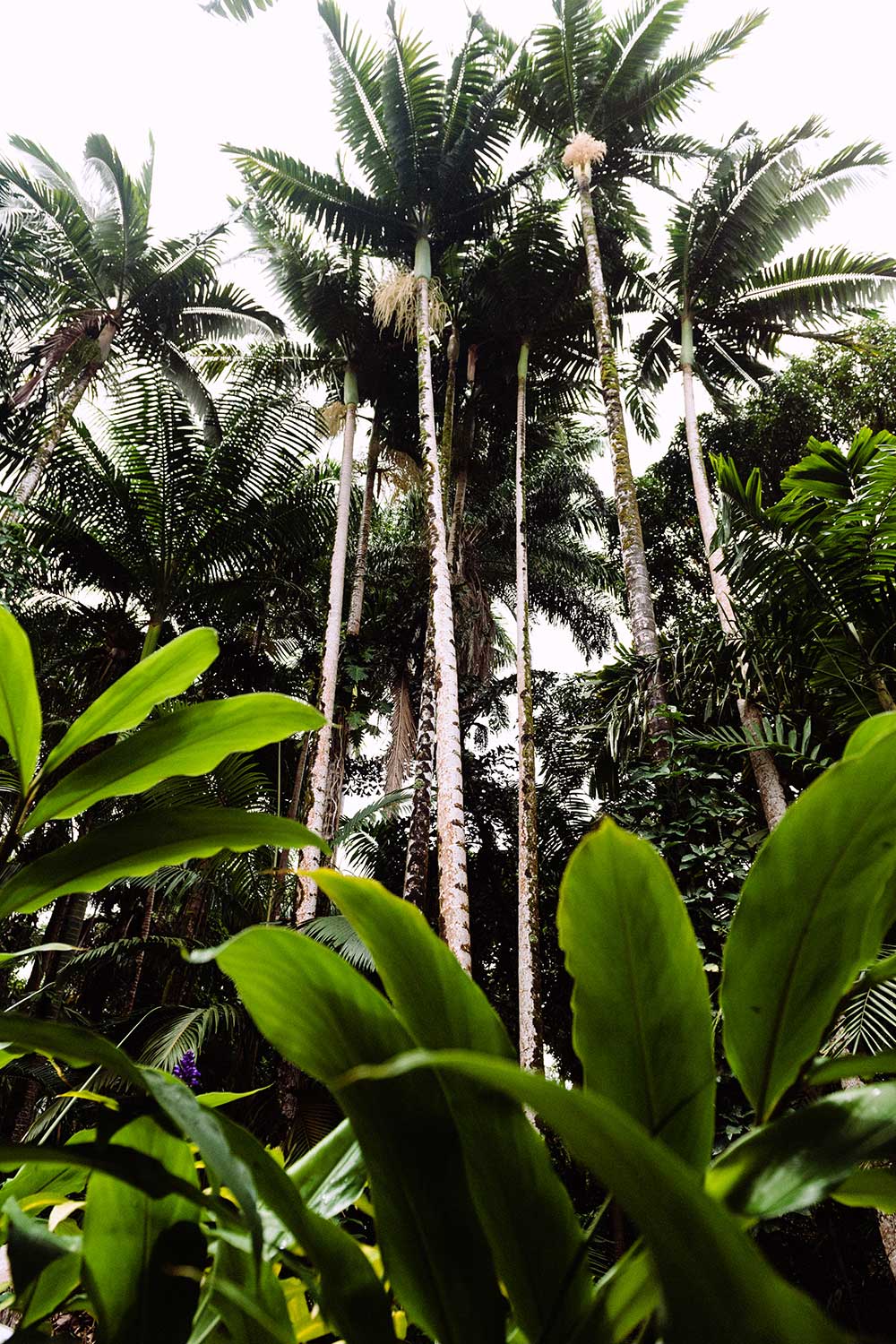








Share: